Hanover Bald Eagle Blog # 20 - 2021
In partnership with Pennsylvania Game Commission and Comcast Business .
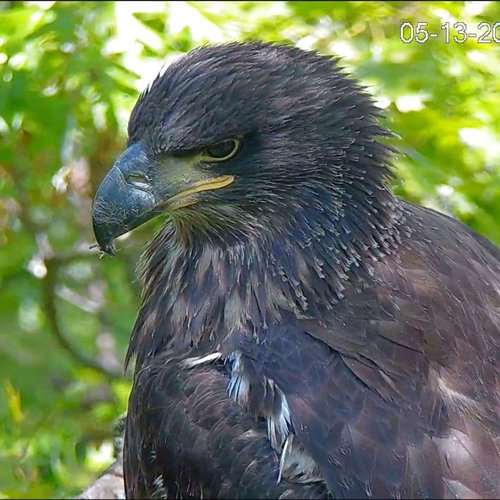
First off, I would like to thank all viewers who asked questions. Your curiosity and well-articulated inquiries were a delight to ponder. I will answer as many questions as I can (while keeping the blog length manageable) between this week and next. Thank you for participating in our nest cam community with such passion and appreciation for the Hanover eagles — your questions show that you care.
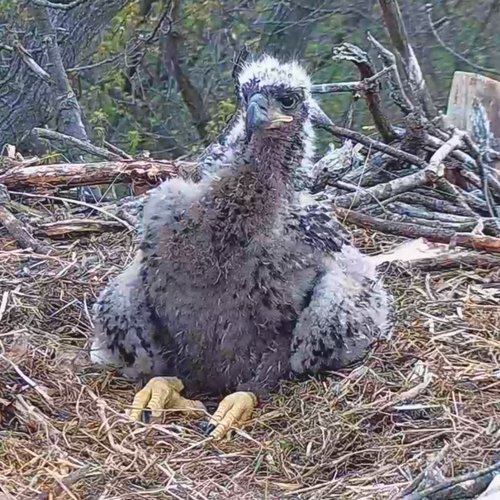
HOW DO YOU TELL THE SEX OF AN EAGLET?
The only way to positively verify the sex of a bald eagle is to examine the reproductive organs inside the bird through a procedure called a laparoscopy. Researchers sometimes measure an eagle’s toe claw (called a hallux) and beak to determine sex, but based on personal communications, these measurements do not always accurately represent the sex. Therefore it is nearly impossible to identify the sex of a wild bald eagle, especially from nest cam observations on a single nestling without a sibling for comparison. That being said, there is a way to hedge a guess: Females are roughly 25% larger than males, so if you see two eagles sitting next to each other, you can speculate that the larger of the two is the female. Juvenile bald eagles are slightly larger than adults of the same sex in part because they have longer flight feathers than adults, so guessing on the sex of young birds can be risky business.
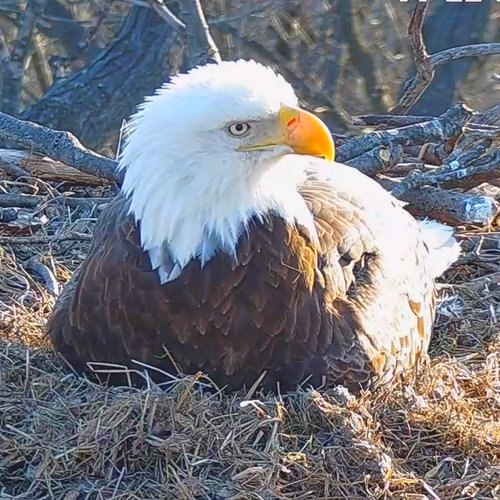
WHAT IS THE DIFFERENCE BETWEEN TURKEY BUZZARDS AND EAGLES?
Funny you should ask! Turkey vultures are one of my favorite animals (besides bald eagles of course) and I LOVE talking about them. This may sound surprising, but bald eagles and turkey vultures actually look very similar in flight, especially when viewed from a distance. They are both large, dark, soaring raptors that use thermals (rising columns of warm air) to scan for carcasses and travel. They both use communal roosts for scavenging, sleeping, and overwintering purposes. Another similarity between the two species is that not all individuals are migratory — some bald eagles migrate and some do not. The same is true for turkey vultures. Here are a few of the primary differences in appearance between bald eagles and turkey vultures:
Bald Eagle
- Has relatively large head (white on adult, brown on juvenile)
- Flies with wings flat
Turkey Vulture
- Has relatively small head (pink on adult, gray on juvenile)
- Flies with wings in a V-shape (called a “dihedral.” Think V for Vulture)
- Wobbles in flight (this is arguably the most useful way to tell a turkey vulture from any other bird in flight, even above color or size)
- Has silver lining on the outside edge of the wing if seen from beneath
Other differences between turkey vultures and bald eagles include:
- Bald eagles and turkey vultures both feed on dead animals, yet bald eagles also eat live prey. Turkey vultures feed almost exclusively on dead animals, although on rare occasions they do take live prey.
- Bald eagles typically nest in trees while turkey vultures nest in rocky outcroppings, caves, abandoned man-made structures, or cliffs. Turkey vultures do not build a nest but rather lay their eggs in a slight depression.
- Male and female turkey vultures share incubation duties equally. Bald eagles share duties, but the female does the majority of the incubation.
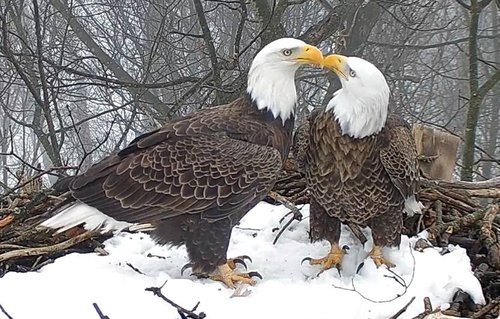
DO BALD EAGLES MATE FOR LIFE?
In a nutshell, eagles do mate for life, unless something happens. If an eagle’s mate dies, they will look for another mate. If an eagle’s mate is doing a poor job of providing, they may look for a better mate. But generally speaking, bald eagles are thought to mate for life.
WHAT DO THEY DO WHEN IT RAINS?
When it rains during nesting season, bald eagle parents spread their wings to protect their eggs or young nestlings. An adult bald eagle that is not protecting young will often find a roost to keep out of the rain, or simply deal with it until the weather changes. They have remarkably watertight feathers to keep them dry underneath.
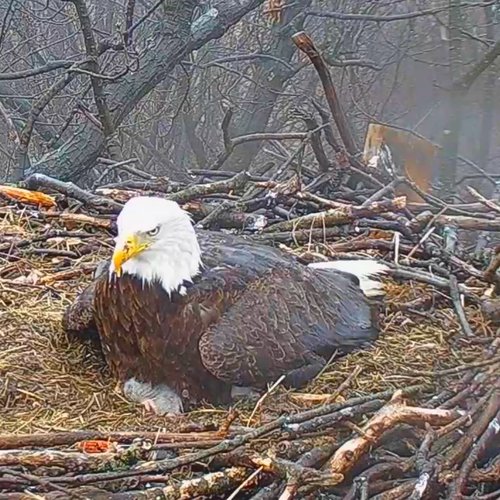
WHAT ARE THE IMPACTS OF RAT POISON, LEAD, AND PESTICIDES ON RAPTORS?
Rat poisons, known as rodenticides, pose a threat to raptors that feed on rodents. Anticoagulant rodenticides such as brodifacoum (a widely used brand in North America) disrupt the body’s natural ability to activate Vitamin K, which facilitates blood clotting. Rodenticide impacts wildlife in different ways depending on the species, the amount ingested, and the type of chemical used. Clinical signs of anticoagulant rodenticide poisoning include spontaneous internal bleeding, bruising, bleeding out of the eyes, and other detrimental effects to the animal’s cardiovascular system if loss of blood is significant. Raptors, being predators, can end up with high levels of rodenticides in their system because they eat multiple poisoned rodents in a short period of time. Poisoned rodents stumble around for several days, returning to the poisoned bait and continuing to ingest poison before finally dying. A raptor that sees a weak rodent will waste no time in snatching such easy prey.
Rodenticide is tricky business because homeowners are understandably annoyed when they discover an over-abundance of rodents either inside or on their property. The appeal of rodenticide is that it’s “hands-off,” meaning you never have to touch the dead rodent. You leave the poison out and that’s the end of it. Or so it would seem. But the trickle-down effects of using such poison are long-lasting and detrimental to the wildlife species we love. Raptors are not the only ones affected: foxes, bears, bobcats, deer, and other rodent predators also suffer from rodenticide poisoning, as can house pets including dogs and cats. Children, too, have been shown to exhibit sublethal (meaning non-deadly) symptoms from exposure to rodenticides such as intense thirst and increased urination. In short, it’s a poison that negatively impacts many non-target species.
In a 2006-2010 study conducted by a veterinarian in Massachusetts, 139 out of 161 wild raptors tested positive for anticoagulant rodenticides. 99% of the birds had brodifacoum in their bodies. Other studies show that bald and golden eagles also ingest rodenticide as a result of scavenging on other animals that have been afflicted.
There are alternatives to using rodenticide. Snap traps, electrocuting traps, and even glue traps (if they are consistently monitored) provide other means of dispatching rodents. For more information and ideas on how to address this issue in a way that does not negatively impact non-target species of wildlife, see this article.
Raptors are in themselves highly effective rodent controls. Raptors are the Solution, or RATS, is a “national alliance of citizens, nonprofit groups, and local governments that educates consumers and municipalities about safe methods of rodent control and the dangers of second-generation poisons” (Williams, 2013). On their website they explain the science behind rodenticides and information about the benefits of supporting raptor populations. By building nest boxes, managing landscapes for biodiversity, and engaging in other raptor-friendly activities, we can collectively reduce rodent populations merely by letting raptors do what they do best. For a deeper look at the history of rodenticide use in North America and the broader implications of its widespread use on wildlife, read this article by the Cornell Lab of Ornithology.
Pesticides, like rodenticides, accumulate in the bodies of raptors through the consumption of food. Bald eagles ingest pesticides by consuming poisoned fish or carcasses, and because contaminants like pesticides accumulate up the food chain, top predators like bald eagles can be hit hard from just a single meal. Birds are negatively impacted by one type of pesticide in particular called cholinesterase-inhibiting pesticides. These pesticides directly damage the nervous system of both target and non-target species. Symptoms of pesticide poisoning in birds include excess salivation, urination, diarrhea, vomiting, convulsions, paralysis, tremors, blindness, reproductive issues, respiratory issues, and difficulty thermoregulating. As with rodenticides, part of the issue is that poisoned animals become easier prey for raptors. An insect, for example, that is dying from pesticide poisoning is easier to kill from a kestrel or songbird perspective. Eagles, being scavengers and fish specialists, can and do come into contact with pesticides.
Solutions include using species-specific pesticides that are less likely to impact non-target species, removing pesticides after die offs of target species if possible, removing pesticide-laden carcasses (safely), and finding alternative ways to manage for pests including supporting raptor populations, especially those species that consume insects like kestrels
Lead poisoning has a more serious and direct impact on eagles. Lead bullets fragment on impact, so when lead shot is used to kill a deer, the carcass becomes riddled with tiny pieces of lead. When bald eagles land on the carcass, they immediately feed on the softest, easiest entry point into the animal, which is usually the bullet wound. Once ingested, lead is dissolved by the eagle’s stomach acid and then enters the bloodstream, tissue, and bones. The results are ugly. Lead disrupts the eagle’s nervous system which can lead to convulsions and lack of coordination, results termed “sublethal” because they may not lead to outright death. An eagle suffering from sublethal lead poisoning may be more likely to land on a power pole clumsily, have a delayed response to an oncoming vehicle, or struggle to catch enough prey. Some eagles develop digestive paralysis, seizures, or go into a coma as a result of lead poisoning. These maladies can kill the bird.
Lead poisoning, like rodenticide use, is an issue that cannot be resolved until humans decide to resolve it. Several U.S. hunter-education programs exist to teach hunters the benefits of using copper ammunition instead of lead shot. Copper is less toxic to scavengers, fragments less on impact, and demonstrates comparable ballistics. Spreading the word on the science and physics of this issue is critical for the health of scavenger populations, as is the representation of hunters as champions for the usage of copper ammunition. According to Huntingwithnonlead.org, a group consisting of hunters and wildlife biologists, copper bullets are arguably superior to lead because they cut straight through the animal, resulting in a “sizeable exit wound which aids in blood tracking.” For more information on how lead impacts raptors (including California condors) and education initiatives surrounding the issue, visit the website for the North American Non-Lead Partnership.
Bald eagles nearly went extinct in the 1960’s due the deadly pesticide DDT. Although bald eagles have made a magnificent comeback since that terrible time, they still face many threats just through the simple act of trying to find enough food, raise young, and coexist with their human neighbors. As eagle enthusiasts, we have the unique opportunity to converse with our communities about the importance of supporting raptor populations, and with a little research, we can become well-versed in alternatives to the harmful substances threatening bald eagles.
Sources
Bell, Cathy. (2015, July 15). Raptors and Rat Poison. All About Birds, the Cornell Lab of Ornithology.
https://www.allaboutbirds.org/news/raptors-and-rat-poison/
Buehler, D. A. (2020). Bald Eagle (Haliaeetus leucocephalus), version 1.0. In Birds of the World (A. F. Poole and F. B. Gill, Editors). Cornell Lab of Ornithology, Ithaca, NY, USA. https://doi.org/10.2173/bow.baleag.01
Cornell University. (2018). Rodenticide Toxicity.
Kirk, D. A. and M. J. Mossman (2020). Turkey Vulture (Cathartes aura), version 1.0. In Birds of the World (A. F. Poole and F. B. Gill, Editors). Cornell Lab of Ornithology, Ithaca, NY, USA. https://doi.org/10.2173/bow.turvul.01
Pennsylvania Game Commission. (2021). Pesticide Toxicity.
Williams, Ted. (2013, January). Poisons Used to Kill Rodents Have Safer Alternatives. Audubon.
ATTENTION HANOVER EAGLE VIEWERS - We recognize that over the years this bald eagle pair has been named by the public and is commonly referred to as "Freedom" and "Liberty". While we understand that naming the eagles helps connect and distinguish the female from the male eagle, naming the pair introduces an element of domesticity to wild animals. In order to respect the eagles and focus on their natural history, we will refer to the female and male as such as per recommendations of the Pennsylvania Game Commission.
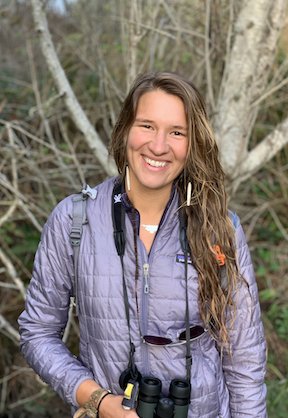
RAPTOR ECOLOGY SPECIALIST - ZOEY GREENBERG
RETURN TO HANOVER BALD EAGLE BLOGS
WATCH THE HANOVER BALD EAGLE LIVE CAMS

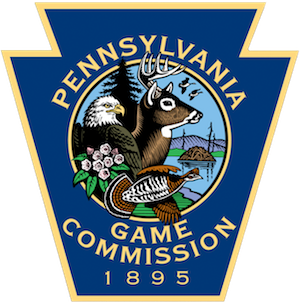
For over 20 years, HDOnTap has provided live streaming solutions to resorts, amusement parks, wildlife refuges and more. In addition to maintaining a network of over 400 live webcams, HDOnTap specializes in design and installation of remote, off-grid and otherwise challenging live streaming solutions. Contact press@hdontap.com for all media needs, including images and recordings.